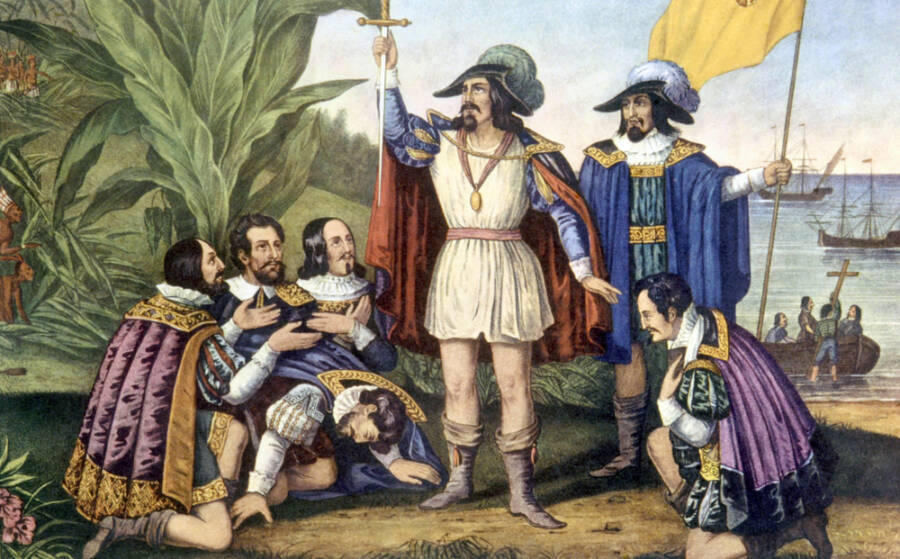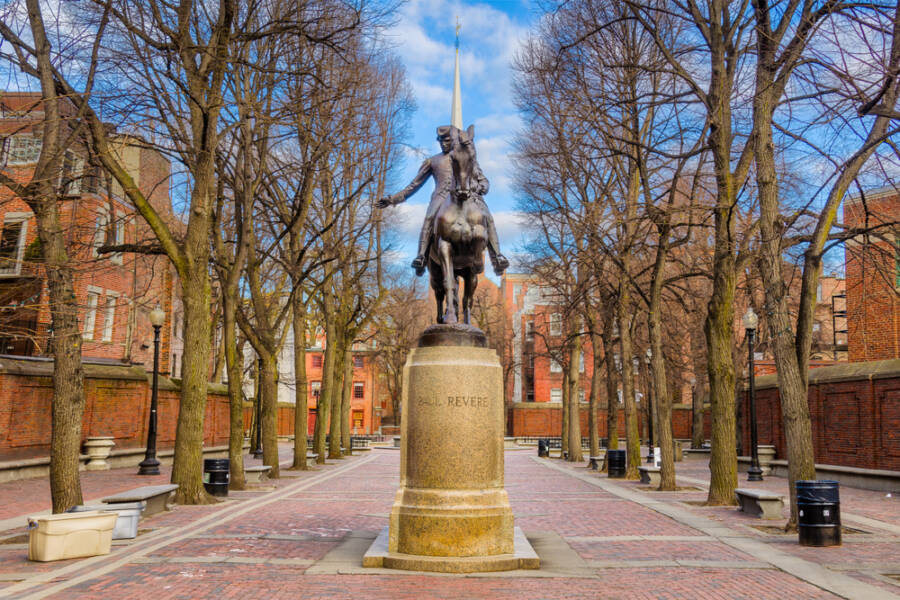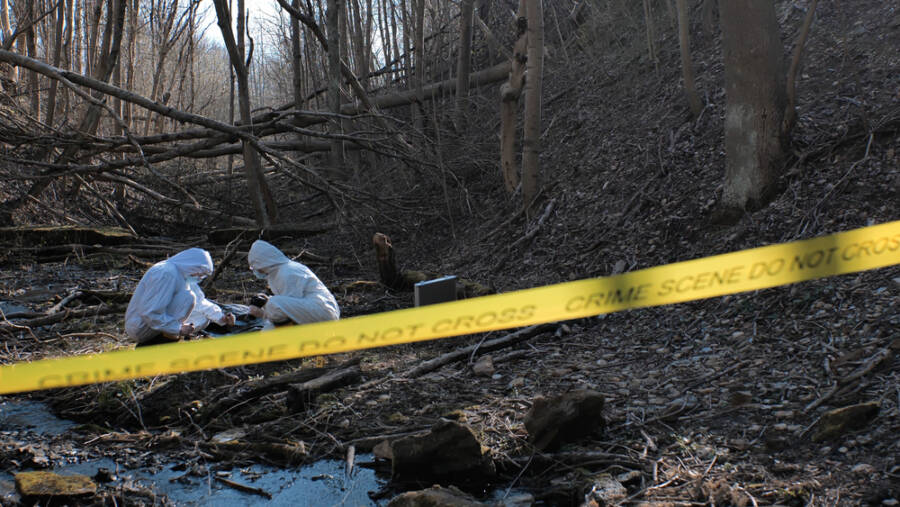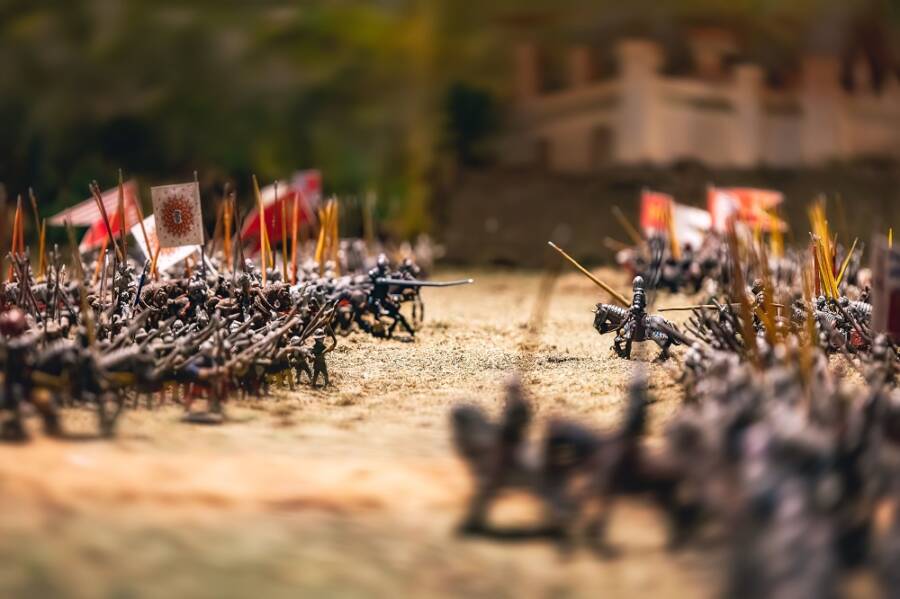Have you ever questioned whether history unfolded exactly as we are taught or if there are details that might alter our perspective?
History is frequently perceived through narratives transmitted over generations, often resulting in enduring misconceptions within American culture. Although these myths can provide a sense of identity and community, they may also obscure our comprehension of crucial events and individuals.
In the United States, many prevalent historical beliefs are not only incorrect but also simplify intricate realities. From mischaracterizations of important historical figures to skewed portrayals of notable events, these myths can influence societal attitudes and sustain stereotypes.
For example, the celebrated stories of specific heroes often eclipse the contributions of numerous individuals involved in key historical events. Likewise, some event portrayals neglect the viewpoints and experiences of marginalized communities, resulting in an incomplete history.
Let’s explore eight of the most enduring historical misconceptions that many Americans continue to accept, exploring their origins and the reasons for their persistence. By illuminating these misunderstandings, we aim to promote a more informed view of our collective history.

1. Columbus Discovered America
The idea that Christopher Columbus discovered America in 1492 is firmly rooted in American culture and education. This perspective arises from a Eurocentric narrative that highlights Columbus’s voyages as crucial events in world history. Columbus was hailed for paving the way for European exploration and colonization of the Americas, often at the expense of recognizing the indigenous peoples who had lived on the continent for millennia.
Schools, textbooks, and popular culture continue propagating the myth, simplifying history into a heroic story. The context of European expansion during the Age of Discovery highlights Columbus’s significance as a figure.
This myth neglects earlier explorers such as Leif Erikson and the rich histories of Native American cultures. As we deepen our understanding of historical intricacies, there is a growing movement to acknowledge indigenous peoples’ contributions and challenge the simplified narratives often associated with Columbus.
2. The Civil War Was Fought Solely Over Slavery
The idea that the Civil War was fought only over slavery is a commonly accepted belief in American history. This view typically arises from a moral stance that presents the conflict as a struggle between good and evil. Such a narrative oversimplifies the war’s complexities by highlighting slavery as the leading cause while minimizing other important factors.
Many Americans hold this belief, shaped by the strong legacy of abolitionist movements and the moral outrage surrounding slavery in the 19th century. Factors like states’ rights, economic disparities between the North and South, and political power struggles were also significant in the conflict. Acknowledging these complexities is vital for a deeper understanding of the Civil War and its lasting effects on American society.
3. George Washington Had Wooden Teeth
The misconception that George Washington had wooden teeth is a longstanding belief in American history, rooted in the former president’s widely reported dental problems. Throughout his life, Washington experienced significant dental issues, resulting in the loss of nearly all his natural teeth. By the time he assumed the presidency, he had worn dentures crafted from a mix of materials, including ivory, animal teeth, and metal.
This myth persists among Americans because of the vivid imagery of Washington’s dentures and the idealized representation of early American leaders. This myth has been sustained through tales, folklore, and various media representations, leaving a significant impact. Recognizing the reality behind Washington’s dentures emphasizes the importance of critically analyzing historical narratives and their sources.

4. Paul Revere’s Solo Midnight Ride
The narrative that Paul Revere made his famous midnight ride alone, as a solitary hero alerting colonists to the British invasion, oversimplifies the actual events of April 18, 1775. Although Revere did set out on this midnight mission to warn the colonial militia, he was accompanied by others. He belonged to a larger network of riders, which included William Dawes and Dr. Samuel Prescott, both of whom were instrumental in disseminating the news alarm.
Many Americans hold this myth due to its widespread presence in folklore, literature, and educational stories that highlight personal heroism. Henry Wadsworth Longfellow’s renowned poem, “Paul Revere’s Ride,” elevated Revere to the role of an individual hero and reinforced his position as an American symbol. This idealized image reflects the American values of courage and altruism, often downplaying the vital teamwork that was key in uniting the colonies against British troops. Recognizing the broader context underscores the significance of collective action in shaping historical events.
5. The First Thanksgiving Was a Peaceful Event
The myth that the first Thanksgiving in 1621 was peaceful between Pilgrims and Native Americans is widely accepted. This narrative presents the event as a joyous feast of cooperation and friendship, overlooking the complex and often tumultuous relationship between the two groups.
A common myth in America is widely accepted because it is present in educational programs, folklore, and mainstream media that focus on notions of thankfulness and togetherness. This simple story speaks to our desire for a comforting origin tale that fosters a sense of unity across our country’s identity.
Yet, the situation is more complex. The Pilgrims and Wampanoag encountered considerable obstacles, such as disputes over land and resources. Acknowledging the nuances of tension and miscommunication that shaped their relationship is crucial for a deeper understanding of American history and the experiences of Indigenous peoples during this period.
Acknowledging Indigenous peoples’ enduring power, agency, and survival is essential to a better understanding of American history. If you want to find out more, check out Ned Blackhawk’s book, The Rediscovery of America: Native Peoples and the Unmaking of U.S. History.
6. Al Capone Was the Most Powerful Gangster
The myth that Al Capone was the most powerful gangster during Prohibition is a widespread belief fueled by his media portrayal. Capone became synonymous with 1920s organized crime due to bootlegging, gambling, and violence, all sensationalized by newspapers and films. Capone’s notorious crimes, arrest, and flamboyant lifestyle have overshadowed other significant organized crime figures like Johnny Torrio and Bugs Moran.
The idealized portrayal of Capone as the quintessential gangster aligns perfectly with the story of American lawlessness in the Prohibition era. Yet, to grasp the full picture of organized crime, one must acknowledge a more complex environment, with numerous individuals playing a role in the criminal activities of that time activities.
7. The Emancipation Proclamation Freed All Slaves
The Proclamation, signed by President Abraham Lincoln on January 1, 1863, proclaimed freedom for those enslaved in Confederate territories but excluded those in border states and regions governed by Union forces. As a result, it did not instantly grant freedom to all enslaved individuals across the United States.
The Emancipation Proclamation is often mistakenly seen as the conclusion of slavery. This overlooks the reality that the 13th Amendment, which was ratified in 1865, legally abolished slavery across the entire country. Recognizing this difference is vital for fully grasping the journey toward freedom for enslaved individuals.
8. Women Were Not Active in the American Revolution
Traditional stories about the American Revolution only highlight male figures. However, women were instrumental in numerous roles, such as spies, nurses, and aids to the war effort. The societal norms of that era confined women to domestic roles, perpetuating the idea that they played a passive role in the Revolution.
Americans tend to accept this myth primarily because of the historical focus on male-centered views in textbooks and mainstream stories. Women’s roles and contributions have frequently been minimized or overlooked in history, resulting in a distorted perception of their influence during this critical period period.
The persistence of these eight myths throughout history highlights the complexities of collective memory and the narratives that shape our understanding of the past. Although these myths can offer comforting or oversimplified narratives, they frequently hide the complex truths of historical events and the variety of perspectives that shaped them.
By critically assessing these misunderstandings, we can promote a more precise and nuanced comprehension of American history. Acknowledging the complexities of our past enhances our understanding and allows us to interact more thoughtfully with the present and future, ensuring that history guides our actions and choices.
Next read: 7 Most Bizarre Wars in History.





One Response
Here I am just a regular American citizen! Now if we want to stop crime in the inter cities try this for a law! If a child is on any kind of government assistance and goes out and car jacks steals a car shoots kills or wounds someone! The government should have the right to end assistance for this whole family!maybe then the parents of these kids will realize that they better raise the kids right or jeopardize loosing assistance! Give them this law at conception of Thor food stamp program or snap benefits or section 8 housing! Race is not a factor because it should be a cross the board law!do not make good parents have to pay for bad parents lack of support for children just letting them run the streets! Make it so it is an honor to receive benefits instead of automatic because poor almost like an Earned income because we are teaching kids how we get nothing for nothing in America! Earn being good citizens not thugen punks .